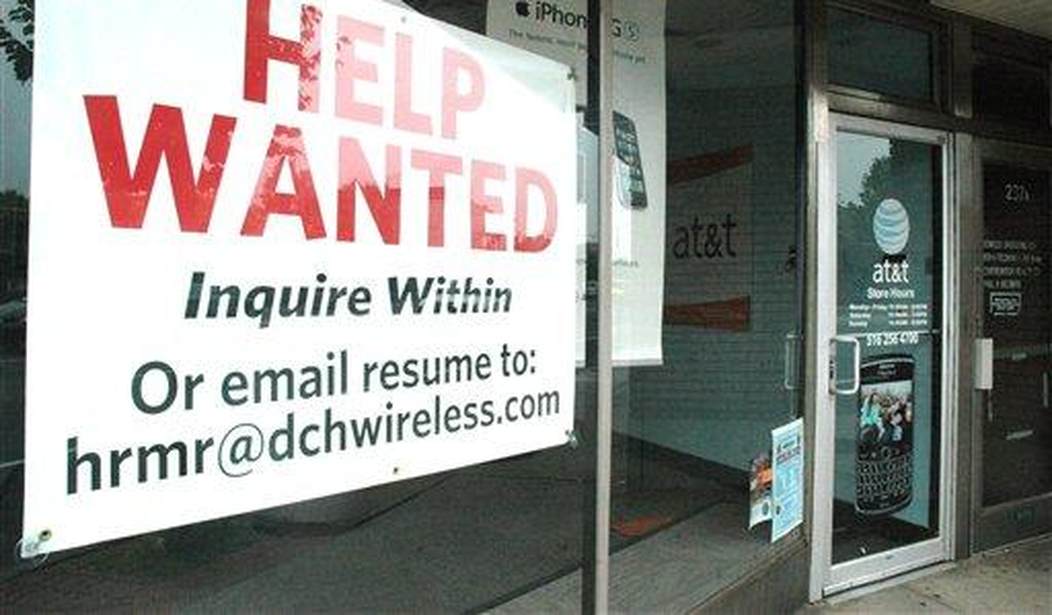After a strong spurt of employment growth in October with 546,000 jobs added, November’s numbers are dismal by comparison.
Economists predicted a jobs spurt of 500,000 to 600,000 in November. Instead, just 210,000 jobs were created in the last month, according to a report issued by the Bureau of Labor Statistics.
Still, the unemployment rate dropped to a pandemic low of 4.2 percent, down from 4.6 percent in October. And the percentage of Americans employed rose slightly to 61.8 percent from 61.6 percent in October. Also, the number of claims for unemployment is way down, approaching pre-pandemic levels.
The drop in the rate of unemployment was due to more people coming back into the workforce, according to the Wall Street Journal.
But while some indicators are encouraging, like the narrowing of the monthly trade deficit and the rise in consumer spending, Americans are far more pessimistic about the future than they have been in previous months.
Hanging over everything is the shadow of inflation.
However, inflation hit a new three-decade high in October, driven by soaring energy prices and ongoing supply chain backlogs resulting in higher prices in a broad range of categories including shelter, food, medical care and new vehicles.
And Americans say they are increasingly feeling skittish about the economy’s long-term prospects. The University of Michigan Consumer Sentiment Index found Americans are increasingly wary of “an escalating inflation rate and the growing belief … that no effective policies have yet been developed to reduce the damage from surging inflation.”
While the overall unemployment rate is dropping, specific sectors of the economy are still lagging from pre-pandemic levels.
Leisure and hospitality, one of the hardest hit sectors in the pandemic, had a particularly slow month, gaining back only 23,000 jobs. It is still down 1.3 million jobs from February 2020.
Health care, down 450,000 jobs since the beginning of the pandemic, added back only 2,000 jobs. Hiring in other major industries like wholesale trade and public and private education was flat for the month.
The retail sector lost 20,000 jobs, with declines in general merchandise stores, clothing and clothing accessories stores; and sporting goods, hobby, book and music stores.
Not surprisingly, some job applicants are wary of being hired by an employer who has a vaccine mandate.
But many potential employees, whose bank accounts have benefited from rounds of stimulus, have been slow to get back into the workforce. Businesses in some parts of the U.S. also have reported worker resistance to vaccination mandates as a condition of employment, according to the Fed’s most recent Beige Book report on regional economic conditions.
Demand for workers is also high, with job openings holding well above pre-pandemic levels for much of the year. And 58% of consumers surveyed last month by the Conference Board said jobs were plentiful, a record in the survey’s 43-year history.
This is not the news that Joe Biden wanted with the last jobs report before Christmas. The White House will spin these numbers, trying to convince Americans that the economy is headed in the right direction.
But you don’t have to be an expert to know whether your job is safe or if you’re making enough to keep up with inflation. Biden can’t spin economic pain when so many are so worried about the future.










Join the conversation as a VIP Member